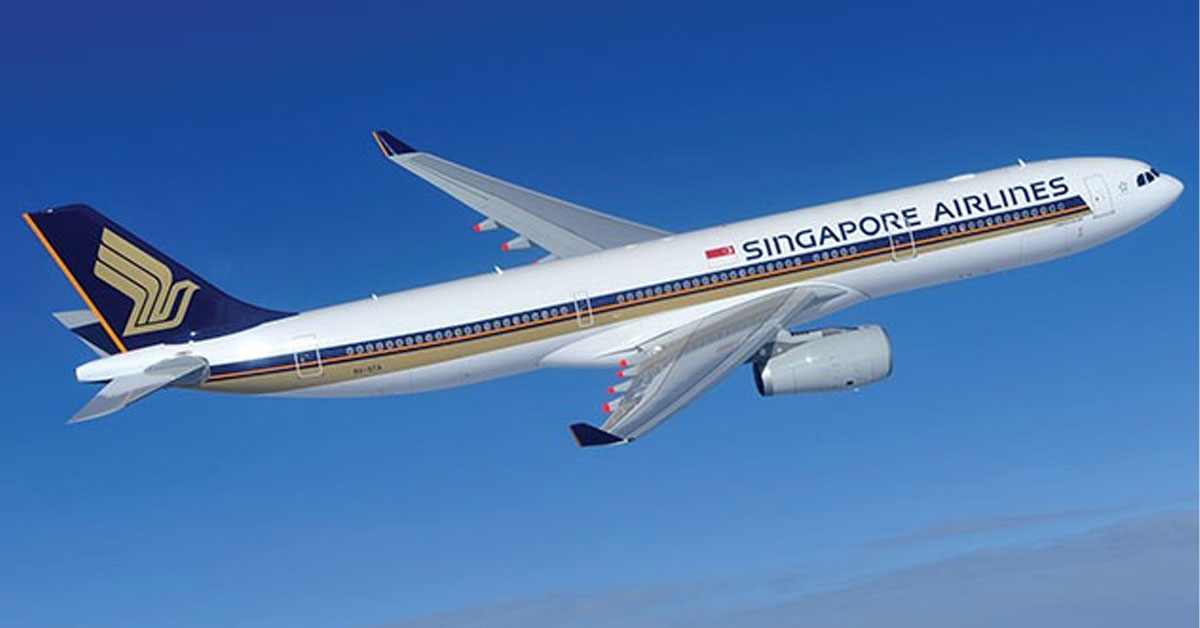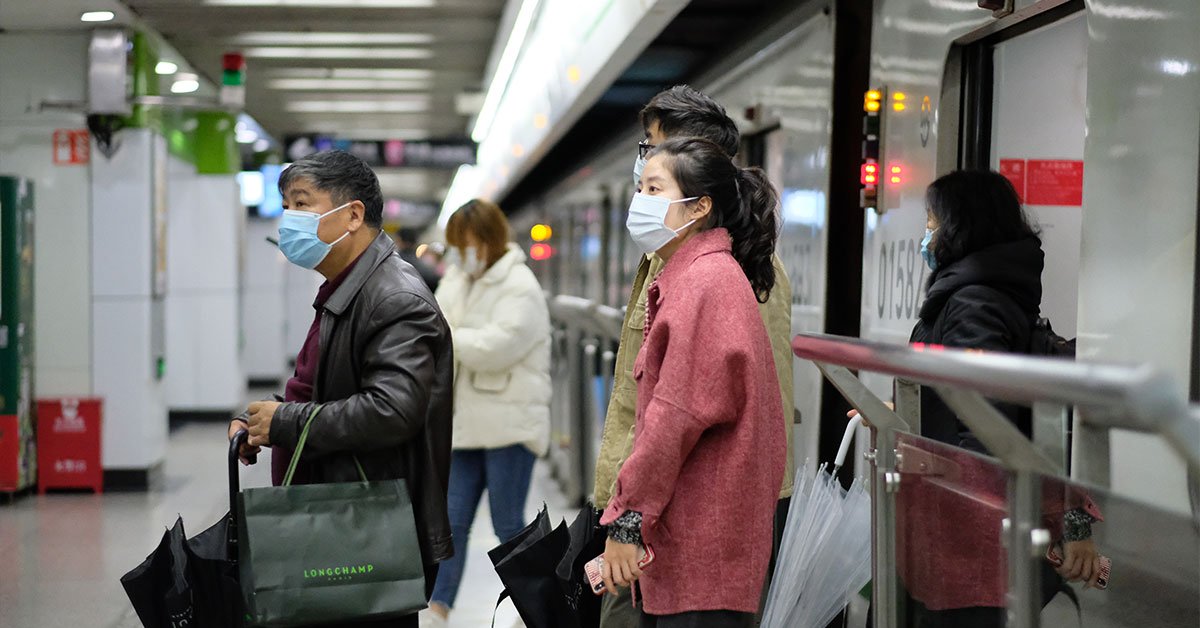The Singapore Airlines group, inclusive of Scoot and SilkAir, reported an over $1 billion loss during the circuit breaker period.
Which isn’t really surprising considering that global travelling came to a crashing halt.
But what we’re really interested in is this: when can we get to travel again?
Or, if your lifelong dream is to be an aircrew member, when can I have a chance to work in that industry again?
Well, according to experts, it’s going take up to four years for air travel to recover.
Wait, why isn’t it going to recover once a vaccine is found, or when Neo lands on Earth to install an anti-virus?
Because while the virus might be gone, the economic effects would take time to recover.
Experts Say Air Travel Can Only Fully Recover from 2024
First thing first, when we say recover, we mean a return to “pre-pandemic period”; which, in this case, means before Covid-19.
According to the International Air Transport Association (IATA), global air travel is expected to recover in 2024, four years down the road.
They pushed it back a year after looking at several trends:
- the US and other emerging economies’ limited success at containing Covid-19
- reduced corporate travel because companies are not earning enough now
- and weaker consumer confidence (people don’t dare to travel as much anymore).
What They’re Predicting:
- Global air travel to fall 55% in 2020 compared to 2019
- Passenger numbers to increase to 62% from 2020’s numbers in 2021, but still 30% lesser than 2019
- Full recovery is expected in 2023 for global enplanements.
- Overall passenger traffic (RPKs) expected to go back to 2019 levels by 2024 [Note: because more are preferring short-haul (read: domestic) flights over long-haul (read: international) flights, the RPK will increase slower compared to the number of travellers; here’s a simple example: two men travel 5,000 kilometres on a plane vs 5 men travelling 200km on a plane; while the number of passengers has increased by 3, the RPK has decreased by 4,000km.)
In April 2020, the number of flights, as well as air passengers volume plummeted.

There was a rebound in terms of domestic and international flights but according to the IATA, it’s “barely visible”.

Then, you’re wondering, why is there such a difference in the charts: The uptick in the number of flights seems to be so much more compared to the air passenger volume.
You have to remember that a flight has hundreds of seats, and not every seat would be filled.
Airlines, IATA revealed, are struggling to fill up their seats.
For international flights, planes were only 38.9% full while on domestic flights (e.g. a state another state within the same country), planes were only 62.9% full.
In other words, each flight cost the airlines even more money instead of generating profits.
40% Of Global Air Travel Destinations Not Ready For Travel
It’s ironic but China is recovering from the pandemic better than other places.
Considering that they tested a city with millions of people within two weeks, you can probably understand why they’re doing it better.
However, IATA also pointed out that “many important emerging economies”, combined with the US, which make up 40% of global air travel markets, have “little sign of virus containment” (read: still unable to keep Covid-19 cases and transmission down).
As long as these countries continue to be closed, the recovery of air travel will continue to be delayed.
It also doesn’t help that countries, which previously started opening their borders again, are now seeing an increase in the number of Covid-19 cases.
Of course, if a vaccine comes out earlier and Covid-19 becomes a problem of the past, then we might just see air travel recover faster.

But hey, if you’ve always wanted to travel to Europe but couldn’t save up the money, you now have four more years to put money aside for your dream trip.
That is if you’re lucky enough to not be one of the over 6,000 people retrenched between April to June 2020.



